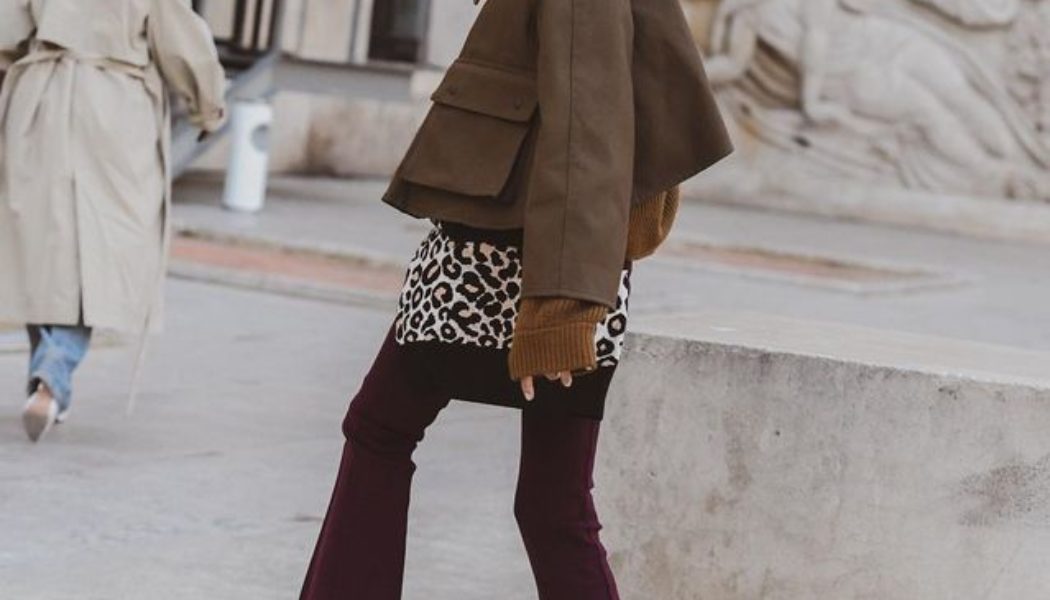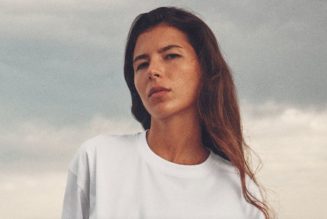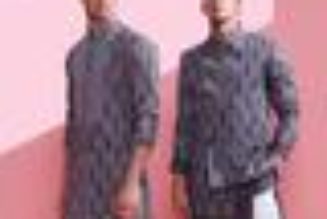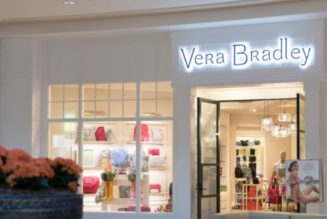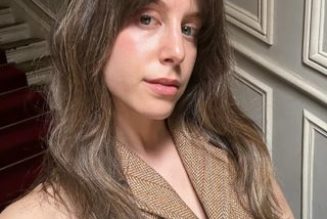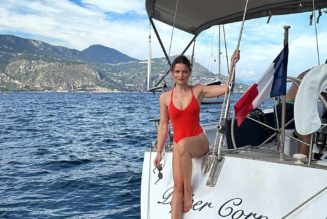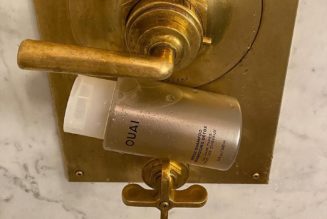The women’s work-pants hall of fame has its first postpandemic inductee: High Sport’s “Kick” cropped knit pants. The independent New York and Los Angeles brand was launched in 2021, but its luxurious, smoothing, stretchy trousers already have a zealous following. For the fashionable and well-resourced women who whisper brand names to each other in line for desk salads, or at school pickups from Pasadena’s Polytechnic to Manhattan’s Spence, these cult pants are apparently worth their $860 price tag.
“Every chic person on social media wears them,” said Kristen Fealy, a 55-year-old New York City stay-at-home mom, who began chasing the pants after she first spotted them on designer (and Grey Gardens resident) Liz Lange’s Instagram in 2022. They’re favorites of fashion-obsessive types like Laurel Pantin and Leandra Medine Cohen, who extol their virtues in their respective newsletters. (High Sport says it very rarely gifts influencers.)
“These pants were the answer to all of my fashion woes, but I couldn’t get them,” said Ms. Fealy, a frequent refrain. Although they are now available at about 25 retailers, including Net-a-Porter, they quickly sell out. In November, Ms. Fealy finally ordered a pair from retailer Moda Operandi, and they arrived in March. “They are worth waiting for,” she said, noting that she often wears them three days in a row.
How did these unassuming, budget-breaking, cotton-Lycra knit stretchy pants become such a thing without any of the usual trappings of viral fashion (social-media paid advertising; influencer partnerships; advertising; marketing budgets; celebrity endorsements)?
It might be as simple as the right product at the right time: comfy-yet-polished pants for a return to normal life. They’re luxuriously elastic, like an Alaïa piece; they feature a crisp seam down the center; they are, improbably, machine washable. An investment in the new you, with a concession to the old you: pants for sipping a hotel-bar martini after the office, but also for cooking Alison Roman’s shallot pasta at home.
High Sport was not an entirely accidental hit. “I never had any doubt about what I was making,” said the brand’s founder, Alissa Zachary, when we met in a quiet room at the San Vicente Bungalows club in Los Angeles.
Ms. Zachary, a former merchandiser who worked for nearly 10 years at the Row and consulted for brands including Khaite, spent over four years developing High Sport after she moved from New York to Los Angeles with her family in 2017. Merchandising, which she describes as “taking the art of fashion and translating it to commerce,” is at the heart of High Sport.
Ms. Zachary, who inherited the press-shy reticence of her former bosses at the Row, Mary-Kate and Ashley Olsen, likes to keep the focus on the product. She doesn’t have public social-media accounts, and she doesn’t spotlight herself in the manner of most founder-forward startups and diva-forward fashion brands. When we were scheduled to meet I had no idea what she looked like, but quickly spotted a beaming, enthusiastic woman laden with tote bags and wearing head-to-toe High Sport.
From conversations with buyers, she knew that pants were a “pain point” for women that she was eager to solve. So she set about creating pants made in Italy that would be flattering and polished but also easy. “I knew it was going to be perfect, because I was focused on making it perfect,” said Ms. Zachary. “I knew that it would resonate with women because I’m a woman, and it resonated with me.”
For fashionable women who work, non-denim pants are crucial, but hard to come by. In the 1990s, perhaps the golden era of flattering pants, brands like Chaiken and Capone, Joseph, Daryl K and Katayone Adeli offered flat-front, often boot-cut pants for the “Sex and the City” era of working women. The early 2000s brought options including Phoebe Philo for Chloé and Nicolas Ghesquière for Balenciaga, and on the more accessible end, Theory. But recently, no clear heir to these pant-purveyors had emerged.
“‘I knew it was going to be perfect, because I was focused on making it perfect.’”
As for the price, Ms. Zachary would rather not dwell on it, but said, “it is an honest luxury product, in the sense that we’re manufactured in Italy. We use, at this point, all European components. And one pair of pants takes six hours to make from start to finish.”
Perhaps more to the point, women are willing to pay for it.
“It’s crazy town,” said Emily Holt, founder of Marin County boutique Hero Shop, who has stocked High Sport since its first season, selling out continually ever since. In High Sport’s first year, it was among the top 10 designers in the store, “unheard of for a new brand,” she said. Today, it’s in the top five. The black and navy pants often sell out before they hit the floor. One woman, Ms. Holt said, bought six pieces without coming in, sight unseen, and kept them all: “It’s bananas.”
Ms. Holt said that when she first discovered High Sport, she was “skeptical of the price, especially as a new brand, and thinking, ‘OK, are our clients really going to pay [nearly] $900 for these pants?’ Then I tried them on and I was like… ‘Yeah, here’s all my money and I’m in.’” Three of Hero Shop’s four salespeople own the pants (a considerable investment on a retail salary), so they’re able to authentically coach shoppers through questions of fit and wearability.
The brand’s instant cachet was still a bit of a mystery to Ms. Holt. She wondered who “patient zero” was in the fashionista whisper network. She mused that it might have been stylist—and romance novelist Danielle Steel’s daughter—Vanessa Traina, who has influence in the social circles of the Bay Area. In micro-influencer networks, if one ultra-discerning person gives their stamp of approval, an item can take off instantly.
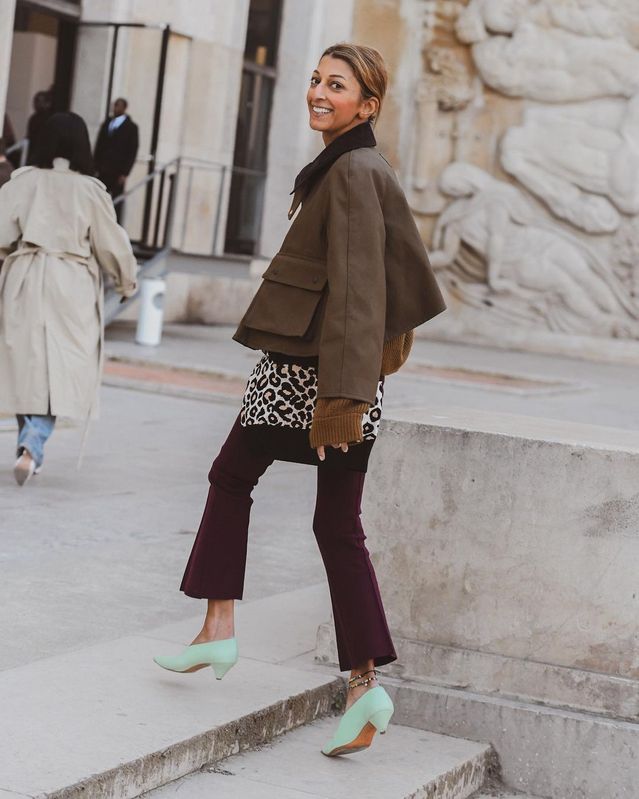
Retail consultant Ramya Giangola in a pair of her High Sports.
Photo: Tommy Ton
Ramya Giangola, a retail consultant in Los Angeles, was also an early adopter. She first bought her High Sport pants at Los Angeles shop Just One Eye, one of its original retailers. Since then, she has posted several photos of herself in the pants in different colors to her more than 100,000 Instagram followers, each inciting a flurry of comments and questions. They range from simple pictures at home to more dressed-up fashion-week looks. She’s even worn them hiking in Scotland.
“I guess this is something we’ve all been looking for, especially postpandemic sweatpant fatigue,” she said.
Ms. Giangola, whose first job in fashion was working for the cult pants company Chaiken and Capone in the 1990s, instantly recognized a similar quality in the High Sport pants, calling them an “insider thing.” They are only recognized by other women who “know about them and understand them,” she said.
Upper East Side mom Ms. Fealy mused that the pants were part of the “quiet luxury” movement, although they’re so quiet, they’re whispering. “They’re navy, so I get zero comments,” she said. “No one notices.” And that doesn’t bother her one bit.
Write to Rory Satran at rory.satran@wsj.com
